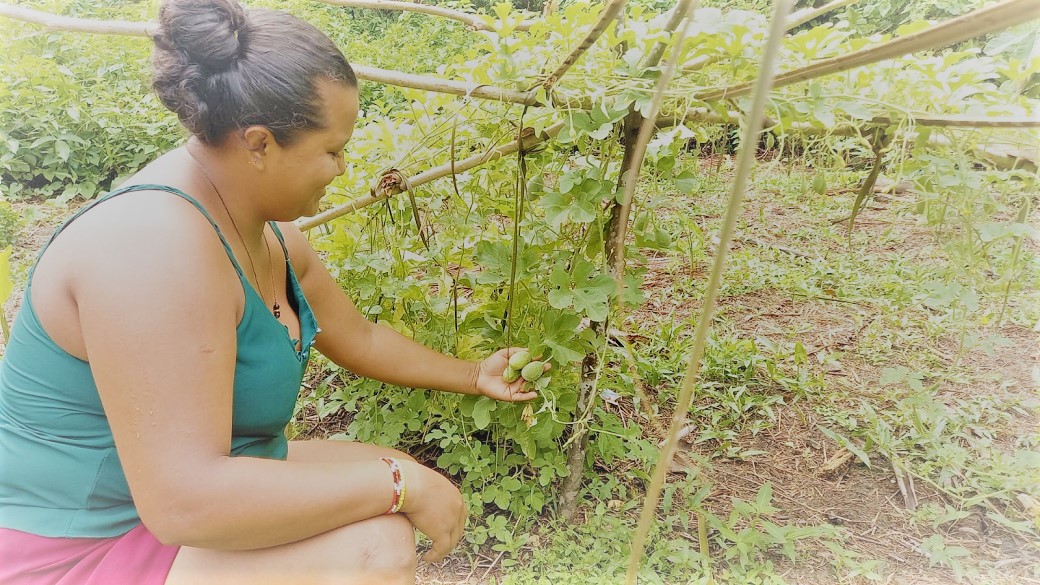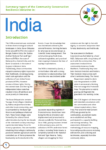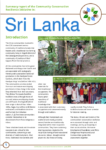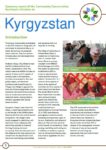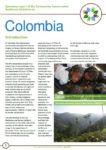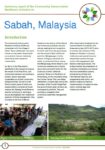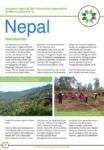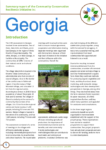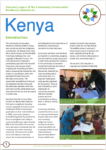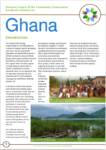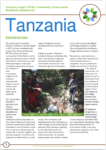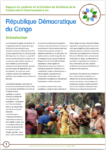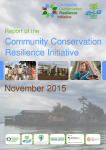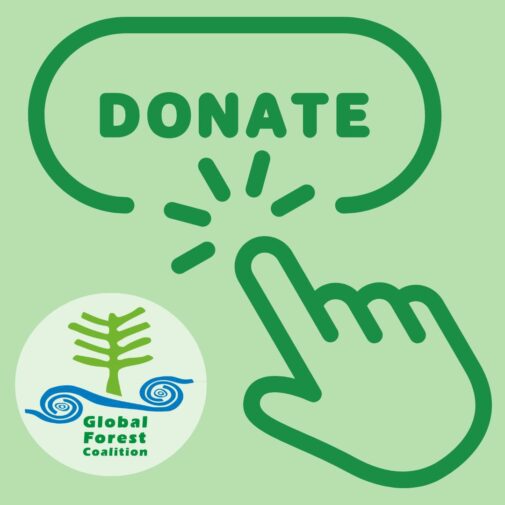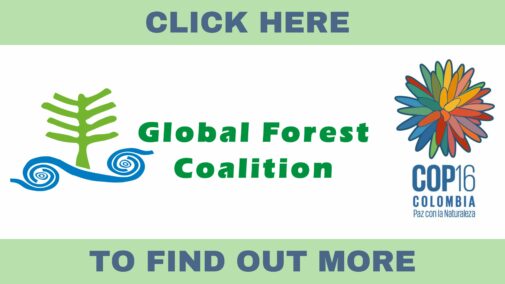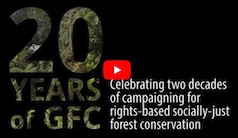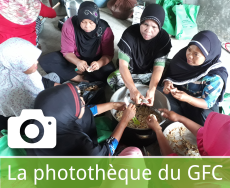Community Conservation Resilience Initiative (CCRI) Global Report and Case Studies
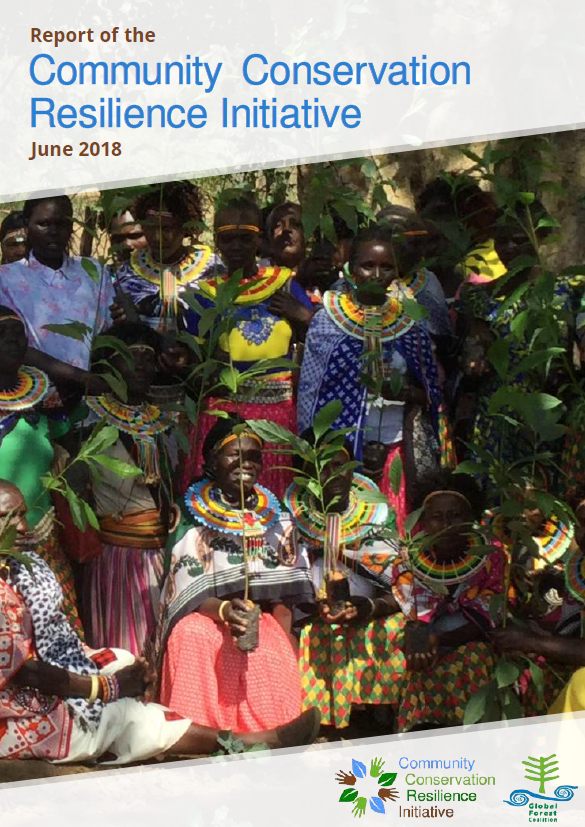
Download the full report: English (web quality | low resolution) , Spanish (web quality | low resolution), French (web quality | low resolution) , Russian (web quality | low resolution)
The aim of the Community Conservation Resilience Initiative (CCRI) is to contribute to the implementation of the Convention on Biological Diversity’s 2011-2020 Strategic Plan and Aichi Targets, by providing policy advice on effective and appropriate forms of support for community conservation.
The project is documenting and reviewing the findings of bottom up, participatory assessments of more than 60 communities in at least 20 different countries, assessing the resilience of community conservation initiatives and the support that should be provided to strengthen these initiatives. A number of CCRI projects are already under way, including with communities in Chile, Colombia, the Democratic Republic of Congo, Ethiopia, Georgia, Ghana, India, Iran, Kenya, Kyrgyzstan, Malaysia, Nepal, Panama, Paraguay, Russia, Samoa, Solomon Islands, South Africa, Sri Lanka, Tajikistan, Tanzania, and Uganda. This report outlines the observations and recommendations from communities in 12 of these countries.
The 2015 report can be read and downloaded here.
The CCRI’s initial findings indicate that protecting biodiversity and ecosystems could be significantly enhanced by bolstering the traditional knowledge and practices of the people that rely on those places and resources the most: indigenous peoples and local communities. This will also involve a concerted effort to mitigate the threats and challenges currently undermining communities’ resilience.
All the case studies show that local communities and indigenous peoples are highly motivated to both protect and restore biodiversity and habitats.
See below for a full list of the participating communities.
The communities involved in this report are:
- The Wiri, Sanya and Lawate communities in Siha District, and the Ngasini community in Kahe, in Moshi Rural District, all of whom are in the Kilimanjaro Region of Tanzania.
- Three indigenous Bambuti Babuluko Pygmy communitiesies in the territory of Walikale, in the province of North Kivu, in the Walikale territory in the Democratic Republic of the Congo (DRC).
- The Afro-descendant communityies and peasants from La Alsacia, and the peasant communities of La Reserva Barbas de Mono and La Reserva Maklenkes, in Colombia.
- In Ghana, the communities of Kpoeta and Saviefe Gborgame in the Weto Range of the Upper Guinean Forest of West Africa; and the coastal community of Avuto bordering the Avu Lagoon.
- In India, Taungya forest villages inhabited by Rabha and Jharkhandi tribes and other local communitiescommunities living in the Buxa-Chilapata forest area in the state of Bengal, Eastern India; indigenous Gonds in the Tadoba Andhari National Park and Tiger Reserve in the state of Maharasthra, Central India; and in the Banni Grasslands in the state of Gujarat, in Western India.
- Two indigenous communities in Kenya, the Maasai from-lolgorian- Transmara, Narok County,; and the Rendille from Kargi, Kamboye, Korr and Logologo of Marsabit County.
- The communities of Sakorintlo and Okami in East Georgia, in the region of Shida Kartli of Kaspi Municipality; and the community of Merjevi in West Georgia in Sachkhere Municipality.
- In Kyrgyzstan, Shabdan village, Chuy Oblast; Zhyrgalan village near Issyk-Kol Oblast; and the village of Kashka-Suu in Dzhalal-Abad Oblast.
- Five villages in Sabah, Malaysia—Sg. Eloi is in the Pitas district, Alutok in the Tenom district, Kiau at the foot of Mount Kinabalu in the district of Kota Belud; Mengkawago in the district of Tongod; and Terian in the district of Penampang, on the mountains along the Crocker Range.
- Communities in three areas, thee Barandabhar corridor, Basanta corridor and Panchase landscape in Nepal.
- In Sri Lanka, traditional snake-bite healers and a traditional rice farming community living in the Kegalle district of the Sabaragamuwa province; and traditional kitul tappers from Central province.
- Six rural communities in Tajikistan—Jonbakht, Sarikhosor, Dektur, Mulokoni, Dashtijum and Obigarm.
- The Ustupu, Carti Tupile, and Barriada de Dagargunyala communities in Guna Yala, and the community of IpetiEmbera in Panama;
- The Kebeles of Dinsho02, Mio and Abakera communities in Dinsho District, in the Bale Mountains area of Ethiopia;
- The Santa BárbaraQuilacoAlto BioBío, TralcaoMapu and Chanlelfu communities, in southern Chile;
- The Iman, Bikin and Samarga Udege communities in the SikhoteAlin mountain range in the Russian Far East;
- The Toamua, Saina and Vaiusu communities, in Samoa;
- Pedi people, specifically the Mapulane tribe in the Mariepskop area and community members in the Houtbosloop Valley in Mpumalanga province, South Africa;
- The San Miguel community in Minga Porâ, and the Maracaná community, both in the East of Paraguay; and La Esperanza, an Enhlet indigenous community in the lower Chaco region;
- Bukaleba, Kalangala and Butimba communities in eastern, central and southwestern Uganda respectively;
- Sulufou and Fera Subua communities in northeast Malaita, and the Hageulu community in Isabel Province, in the Solomon Islands;
- The Abolhassani Indigenous Nomadic Tribal Confederacy, the Taklé Tribe of the Shahsevan Indigenous Nomadic Tribal Confederacy, and the Farrokhvand Tribe of Bakhtiari Indigenous Tribal Confederacy, in Iran.

